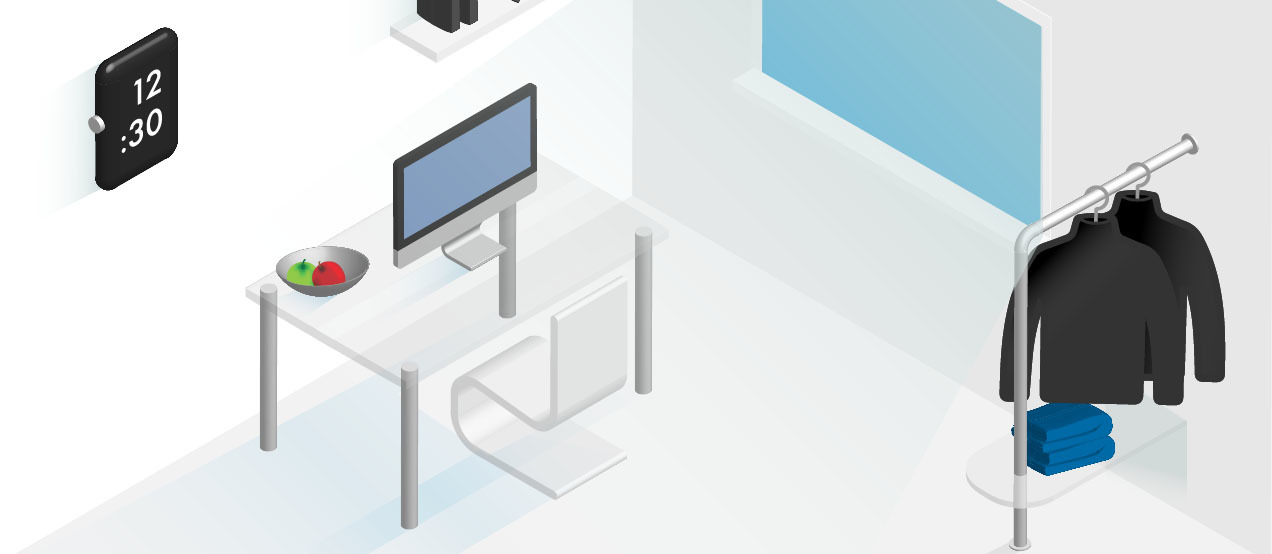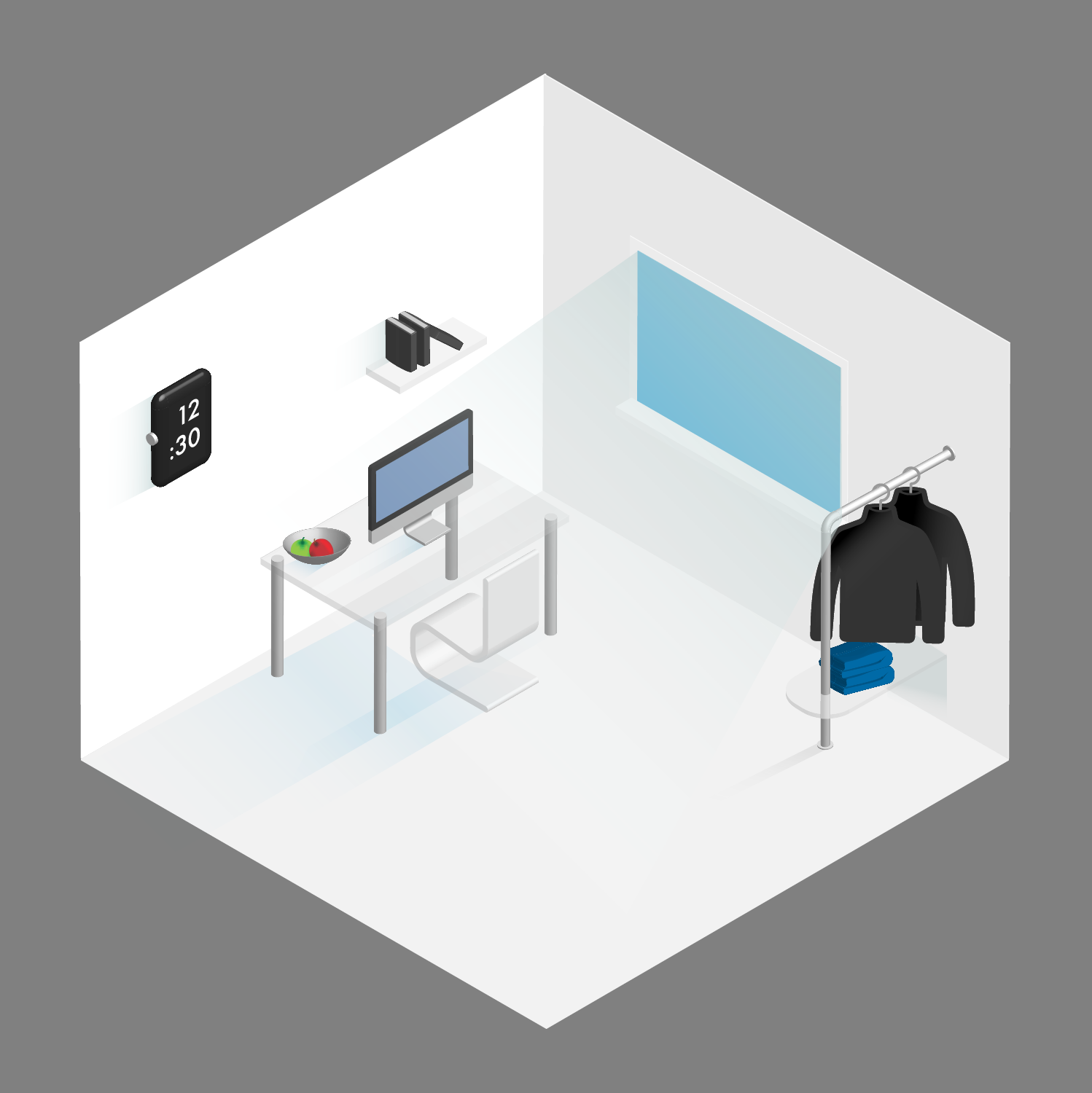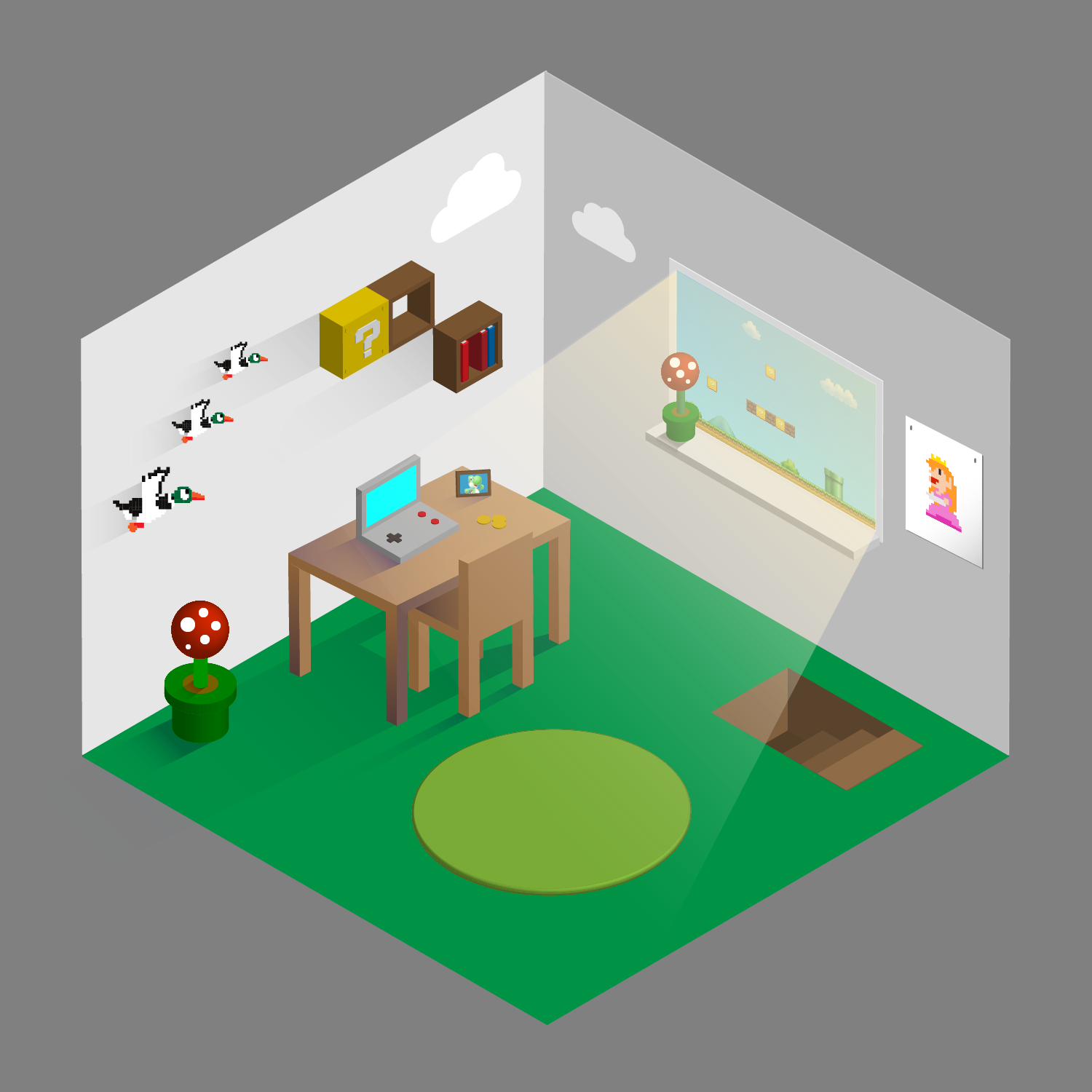
Industry-shaping innovation does not happen very often. It requires many different components to come together at just the right time. New technologies, supply chain advancements, manufacturing capabilities, and user preferences all play a significant role. Some competitors will move forward proactively, while others will struggle to merely survive. The contract furniture industry has several indicators suggesting the industry is tipping towards a new wave of innovation – beyond products.
The contract furniture category is mature. Product parody is a sign of market maturity, something we’ve observed and is reflected in our A&D research. Despite recent gains, many expect the industry to have a lower CAGR over the next few years. Competitors will have an increased need to find “blue oceans” (new opportunities). Some companies have already begun exploring.
Unlike internal industry growth, the percentage of sales per channel is shifting dramatically with the biggest increase being online. This is no surprise, but it is important to understand the trend as opening new opportunities for growth. More consumers are buying online, not just from their laptops or tablets at home, but on the go, from their phones, and between tasks. Most B2B companies like to think of their offer being too complex for this kind of purchasing, but this is increasingly not the case.
We like to assign new technology adoption to a younger demographic, but this is not the whole story. It’s true that millennials took the reins as the largest percentage of the workforce in 2016, and that Generation Z are now starting their careers. However, according to Pew Research Center, 85% of Gen X and 67% of Boomers own smartphones. This trend extends to the Silent Generation, 30% of which own a smartphone and 23% are actively engaged with social media.
Emerging tech is wildly imperfect, but is becoming more ubiquitous and easier for everyone.
Emerging tech is wildly imperfect, but is becoming more ubiquitous and easier for everyone. Even a complex buying process is not immune to these changes. People are increasingly comfortable with making mobile purchases, creating a tremendous opportunity for furniture makers. This opportunity is about experiences, not products.
In her book, “Different,” author Youngme Moon warns of placing too much emphasis on benchmarking and the language of direct competitors because it results in inadvertently reflecting your competition (“red oceans”), instead of seeking new spaces for growth. With this in mind, it is healthy to look outside the category for new benchmarks of customer experience. Here are three trends worth considering.

Subscriptions
Subscriptions are not new, but they have been reinvented in the digital age. While unimaginable in the golden age of newspapers, customers are signing up for subscription services today which previously looked like clear product sales from toothbrushes to cars. From a business model perspective, subscriptions can deliver more predictable revenue. It also creates the need for an ever-more customer-centric experience, which in turn creates stickier, more engaging customer relationships, and a wider moat between them and competitors. The paradigm has shifted from caveat emptor (let the buyer beware) to caveat venditor (let the seller beware).
The paradigm has shifted from caveat emptor(let the buyer beware) to caveat venditor (let the seller beware).
New subscription services may evoke companies like Birchbox or Dollar Shave Club, which are both excellent examples. But this is just the beginning. A better way to think of subscriptions is “access” over “ownership.” Millennials, which have been referred to as the “most broke generation ever,” are less motivated to own. This is especially true when it comes to large ticket items like houses or cars. Companies like Ford Motor Company are starting to reframe the business it is in by moving away from the auto manufacturer and towards being a “mobility company.” It has launched initiatives such as its “Transportation Mobility Cloud.” While Ford won’t stop producing cars (and lots of them), its cloud offering will bring them into street lights, parking spots, busses, bicycles, and more according to former Steelcase CEO Jim Hackett in his CES 2018 keynote.
Reframing the category to “mobility” from “cars” creates opportunities for subscription-based transportation services. Ford’s Canvas program allows customers to subscribe to pre-owned cars. It also launched a shuttle service and bicycle sharing service that ties back to its FordPass app. For consumers, the burden of owning a big-ticket depreciating asset is removed, while giving Ford a new source of ongoing revenue that beyond manufacturing, and keeping the company more agile.
What might an evaluation of access versus ownership look like in the contract furniture market? Like cars, furniture is an expensive depreciating asset. The need fluctuates with a company’s headcount expansion and evolution. Office space plays a significant role in talent attraction and retention, too. Buying furniture and systems can lock companies into a brand aesthetic that they may not want in three years, but customers are saddled with a high sunk cost.

Entertainment
Despite all the hype, brick-and-mortar retail is not dying, but it is certainly changing. The traditional approach to retail is going away as consumers have more access to more brands and choices. Competitors need to take the customer relationship more seriously. Purchasing experiences can entertain and delight, rather than feeling like drudgery. “Retailtainment” is not a new term, but while innovators used to benchmark Disney for inspiration, other examples are now right around the corner and often in their own backyard.
Warby Parker started out selling eyewear exclusively online. Then, in 2013, made the shift to include physical stores. In 2018, it set the goal of going from 64 to 100 locations. This is not an isolated case among growing e-commerce players. Amazon is opening stores.
Mattress seller Casper grew from 19 to 200 stores in 2018. In Casper’s “Dreamery” experience in New York City, people can book a 45-minute nap session. Casper’s Sleep Tour builds on the same concept as its “Sleepmobile” experience. The 200 retail spots will be less extravagant, though they will still promote a different brand experience than its competitors (namely, Mattress Firm, which is looking to close 700 storefronts). Casper CEO Philip Krim puts it this way: “Casper stores are the antithesis of the traditional mattress store experience... We are reimagining how people shop for sleep by listening to customers to create an atmosphere where they actually want to visit.”
It’s no longer a choice between e-commerce and brick-and-mortar. The answer is often: Both.
It’s no longer a choice between e-commerce and brick-and-mortar; the answer is often: both. The key is being intentional about what role a physical space plays in the sales cycle. Is it solely to facilitate a transaction, or is it about convincing customers? How does it build the brand? Greater clarity here allows each customer touchpoint to do a better job at fulfilling its purpose, instead of being spread too thin. No matter where physical spaces fall in the sales cycle, entertainment needs to be considered as a way to enhance the experience. For the contract furniture industry, how might this impact showrooms? What about NeoCon?

Transparency
A less obvious but equally important trend has to do with company transparency. Starting with FedEx tracking and related services, customers increasingly expect information that was previously unavailable. Today, many sellers readily share information such as what’s in stock, order status, and more.
Order status and product availability are pretty straightforward, but hard enough for many traditional B2B companies. To use transparency as a point of differentiation, companies need to know a lot about their customer as well as themselves. When do your clients have the most anxiety? What are people really worried about? Turning the lens inwards, what information are you confident enough to expose to your customer? Would it help alleviate the customers' pain points? Are your team members and digital tools organized enough to be transparent in particular areas?
Everlane, a San Francisco-based clothing manufacturer, shares information around the manufacturers it uses as well as production costs and the markup for each individual product. They are using transparency not to create new products, but to create a new experience around products. Many traditional businesses are hesitant to share pricing, but would transparency around production costs gain your organization favor in the eyes of the customer? Transparency can grow trust between company and customer, but it has to be meaningful information that improves the customer experience. To pull it off, companies need their teams and tools aligned.

New Customer Experiences
These experience trends are more common in the consumer world than in B2B. Though some may not be applicable to your company, it is critical to benchmark outside of your industry. Buyer expectations are changing. Like many industries, the next wave of innovation for contract furniture may be about the customer experiences. Adopting an experience mindset, however, puts pressure on your existing business model. It’s a tall order.
Companies cannot be great at everything. Enhancing the customer experience often means internalizing market complexities. This is just about the last thing that most traditional, lean organizations are designed to do. If you follow this logic, it means your organization will have to stop doing some things in order to do much more. Because saying no is much harder than saying yes, a new focus is often required.
The next wave of innovation will require different thinking – and doing.
Images: Bingham Self-Storage/Flickr